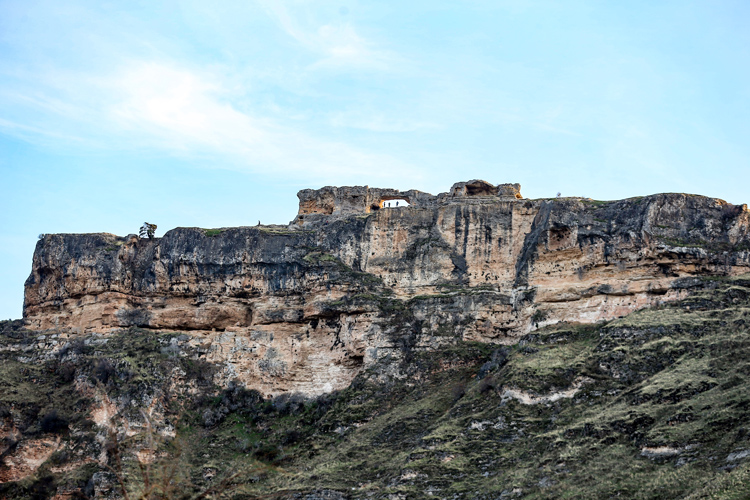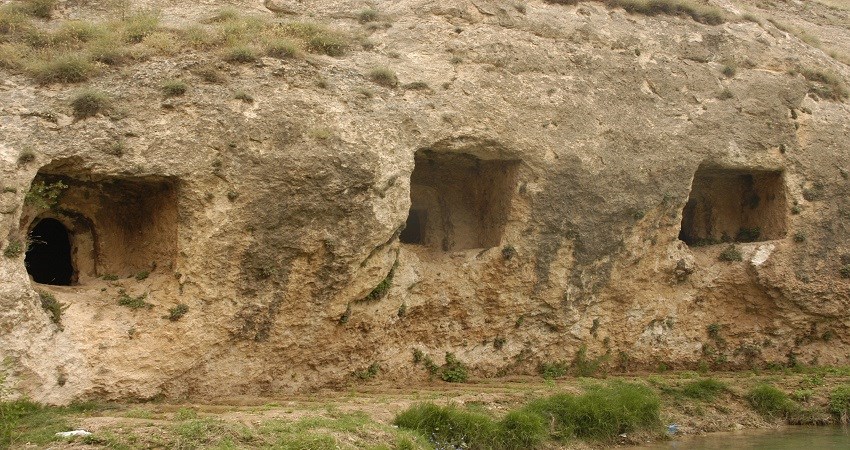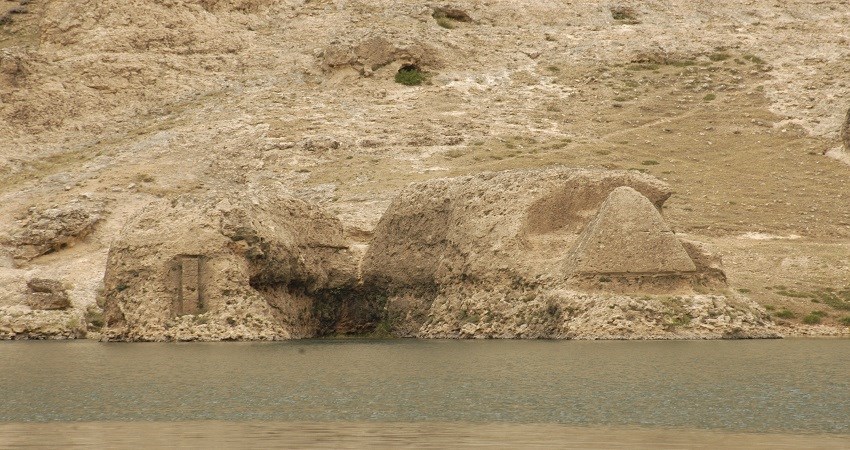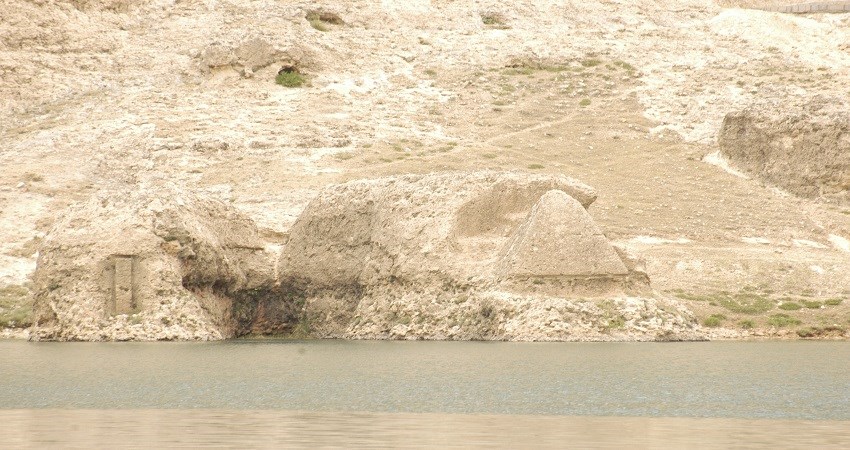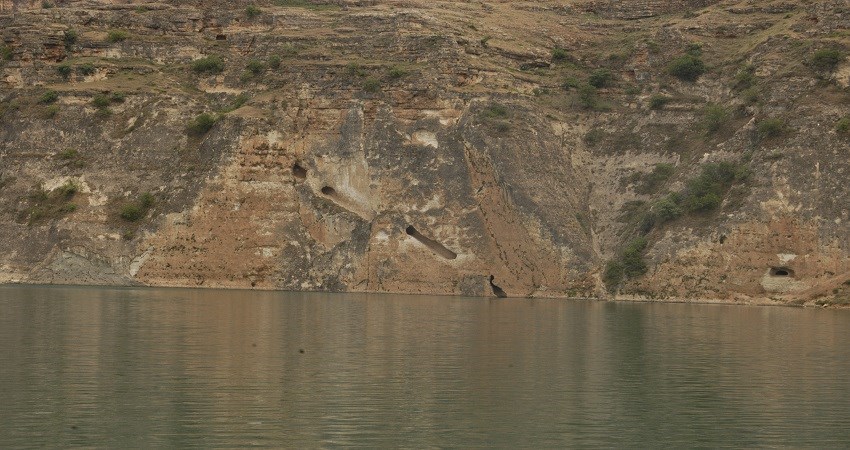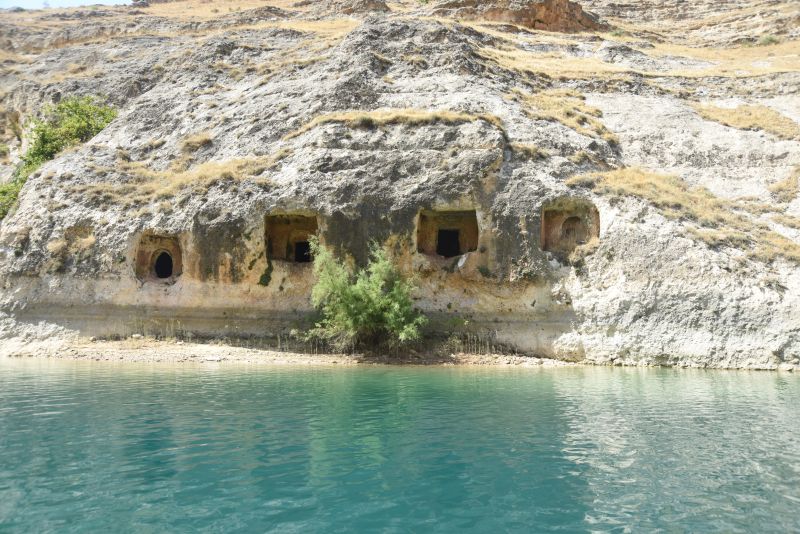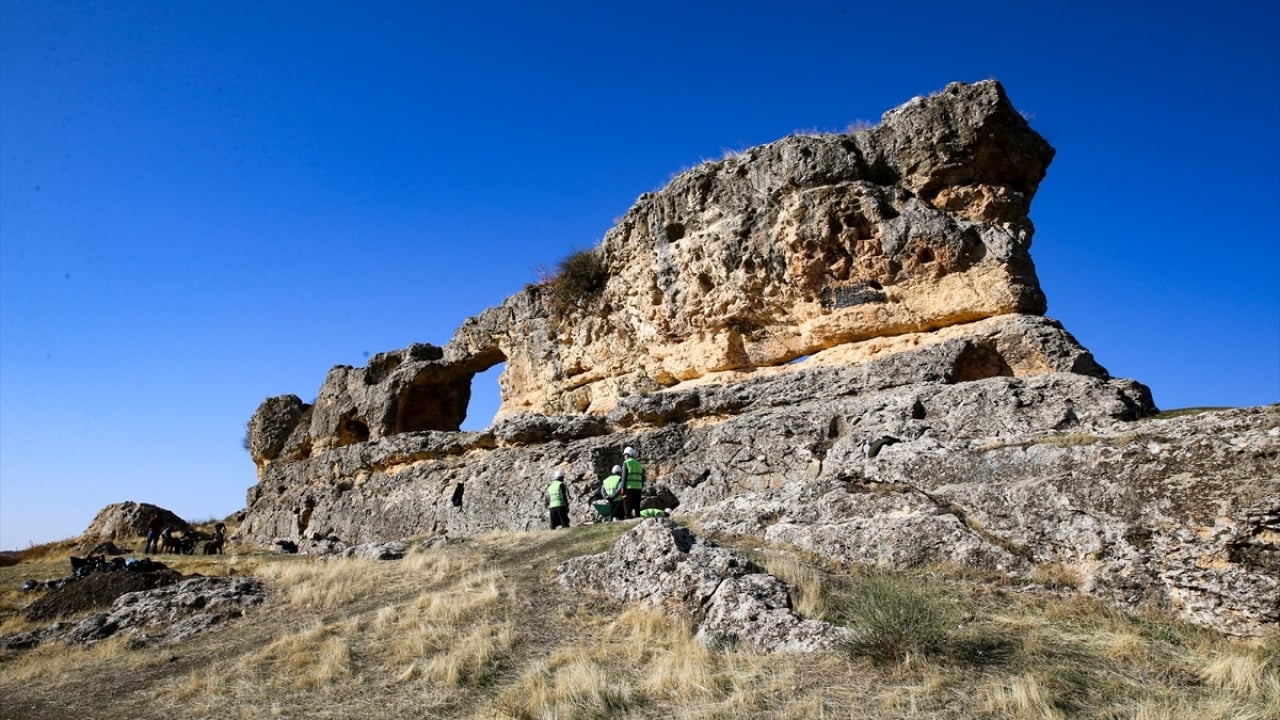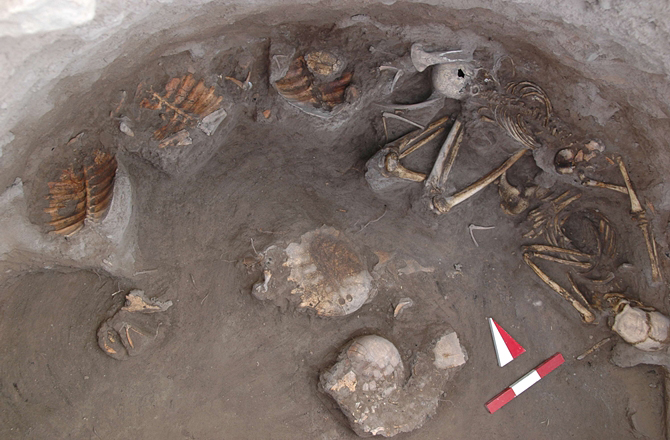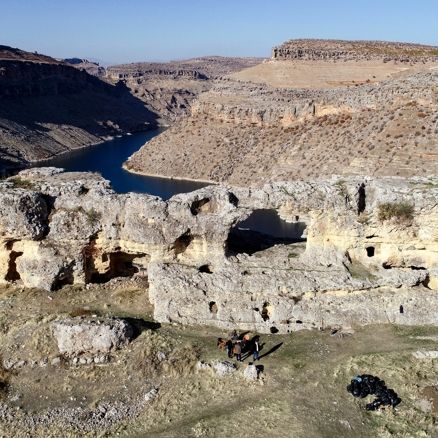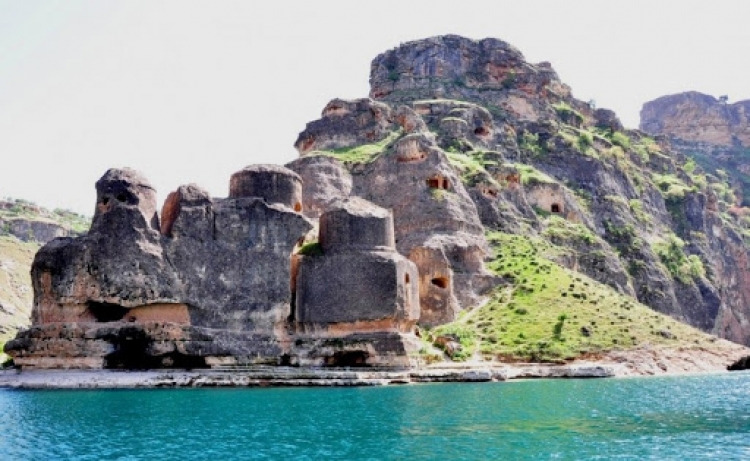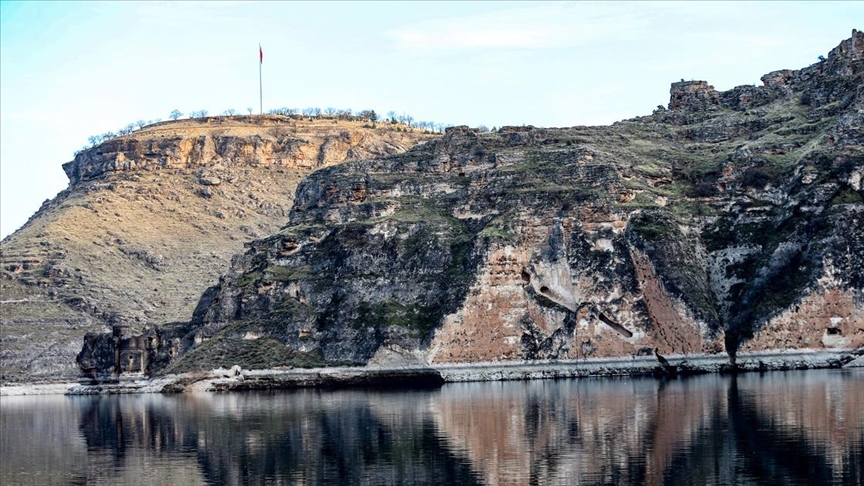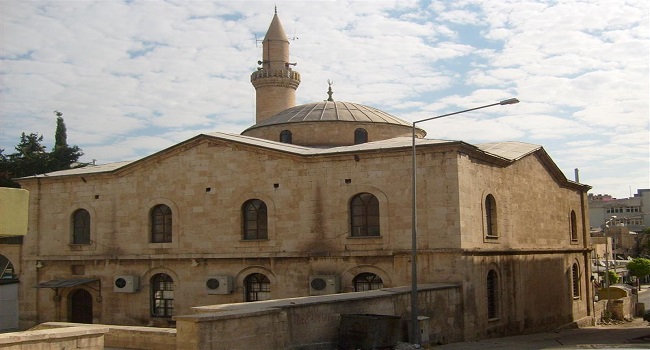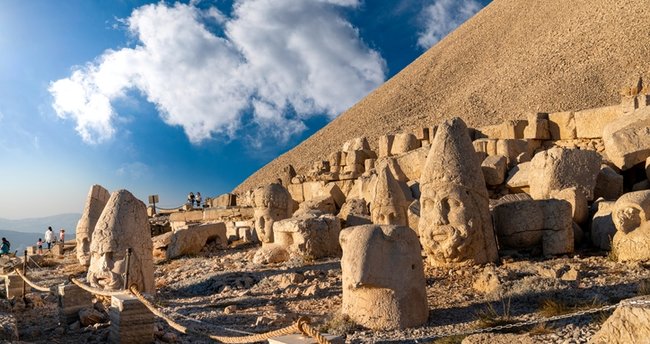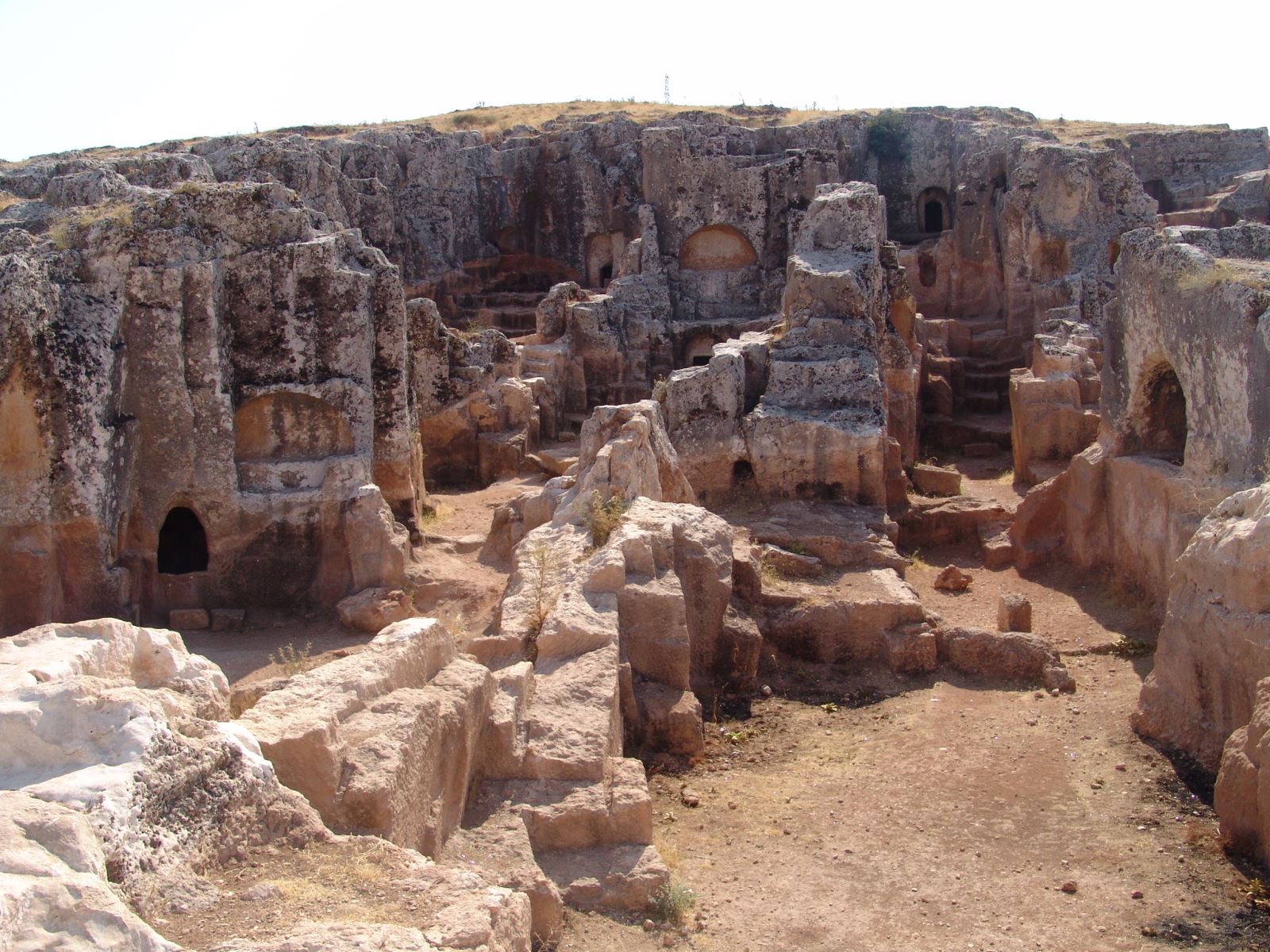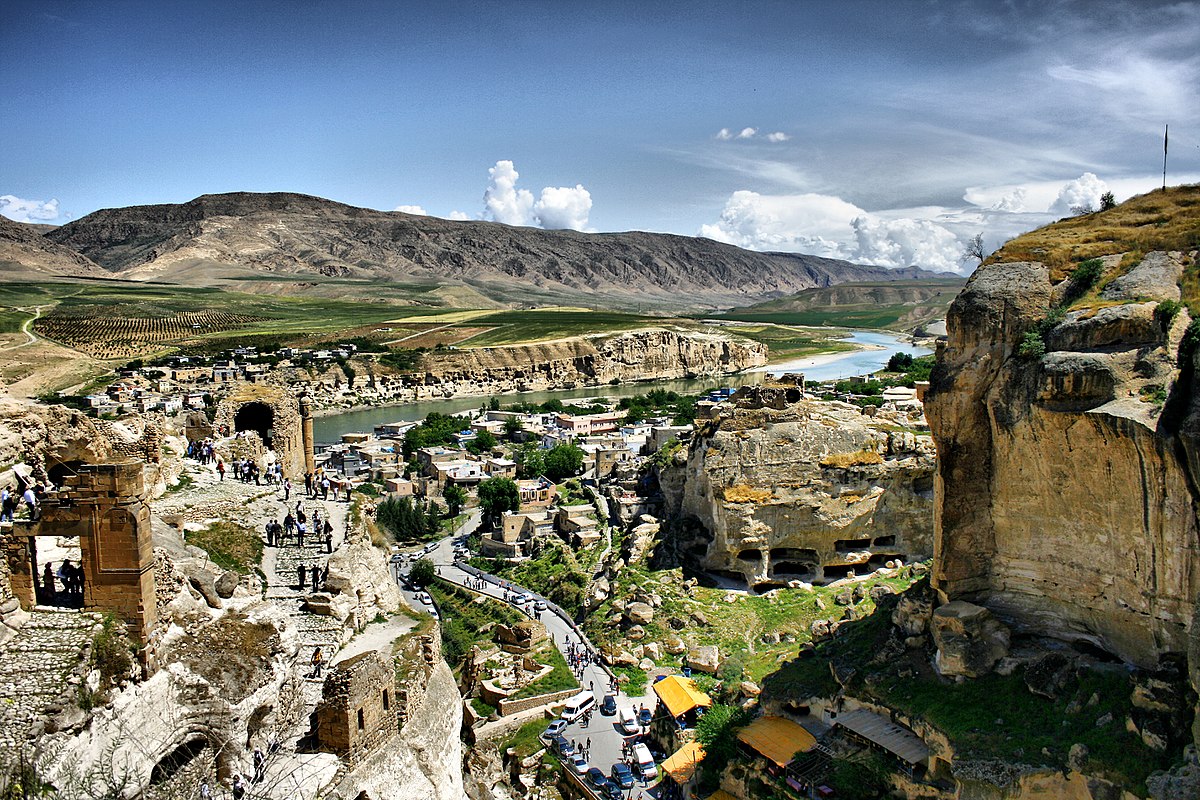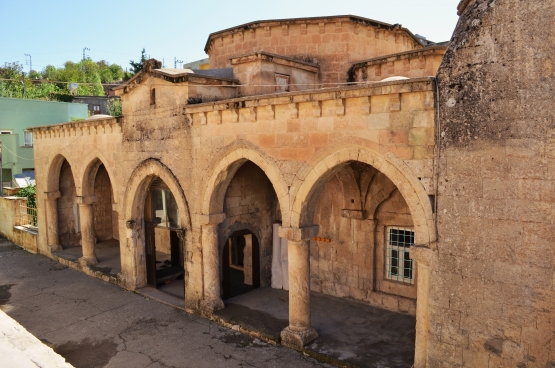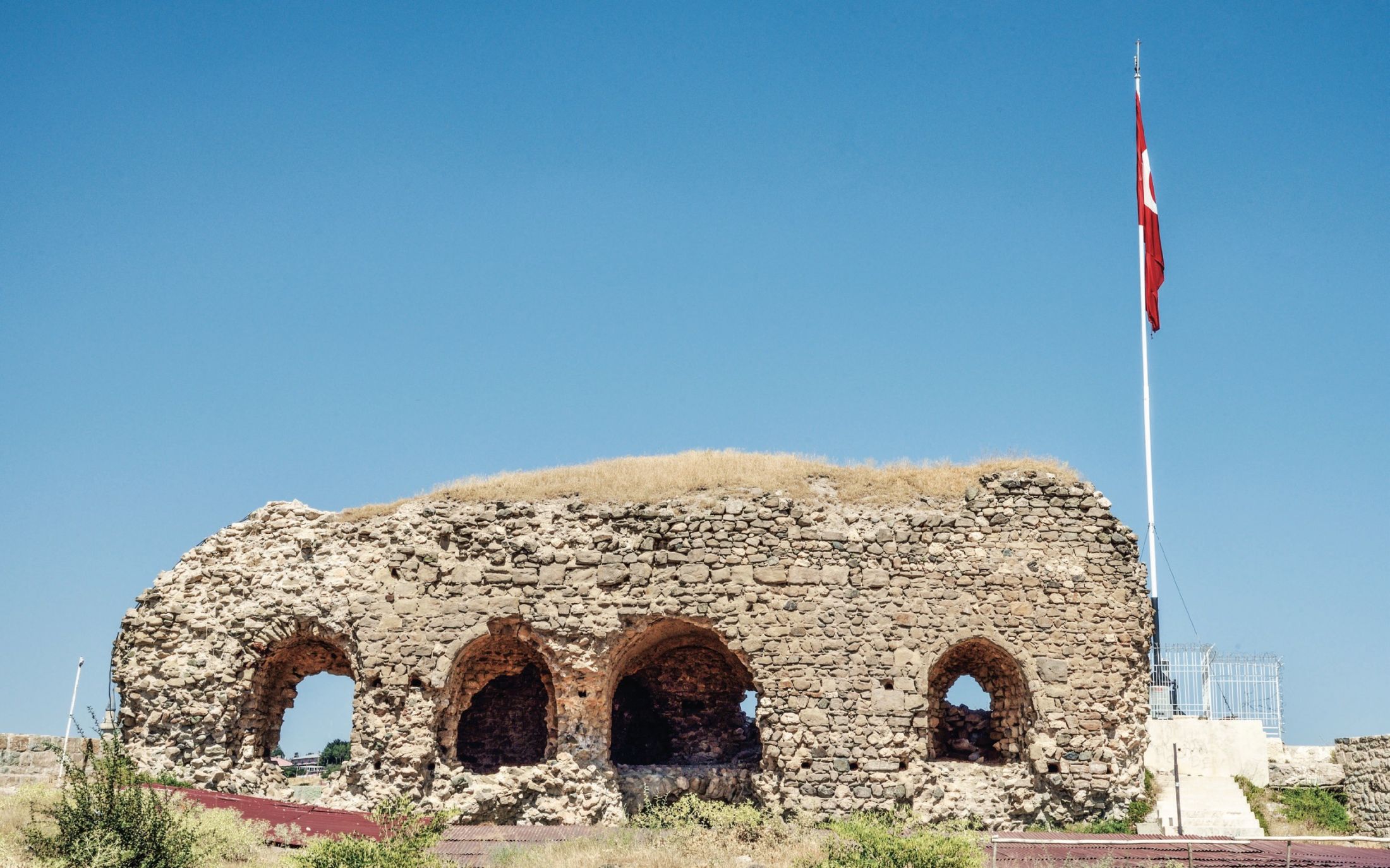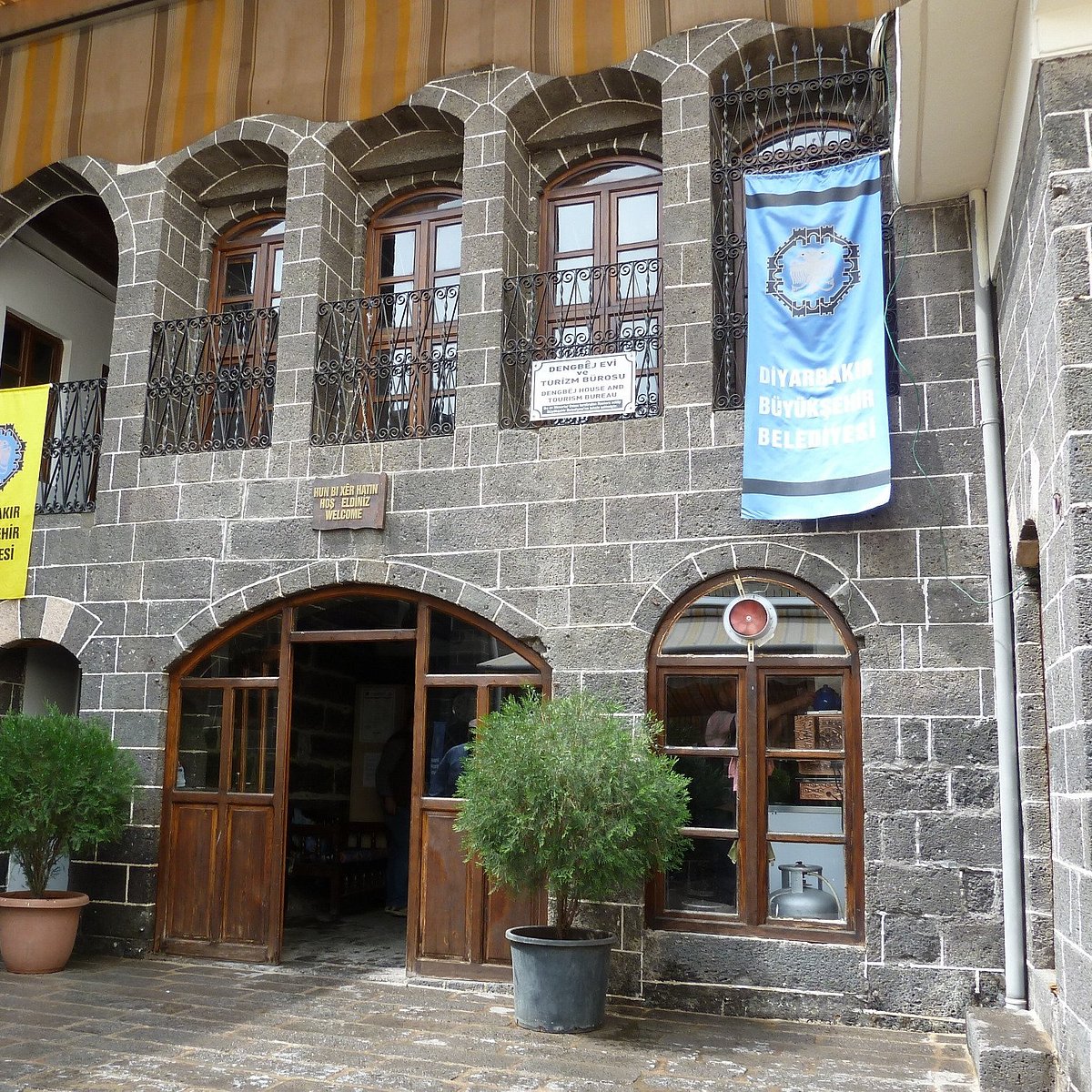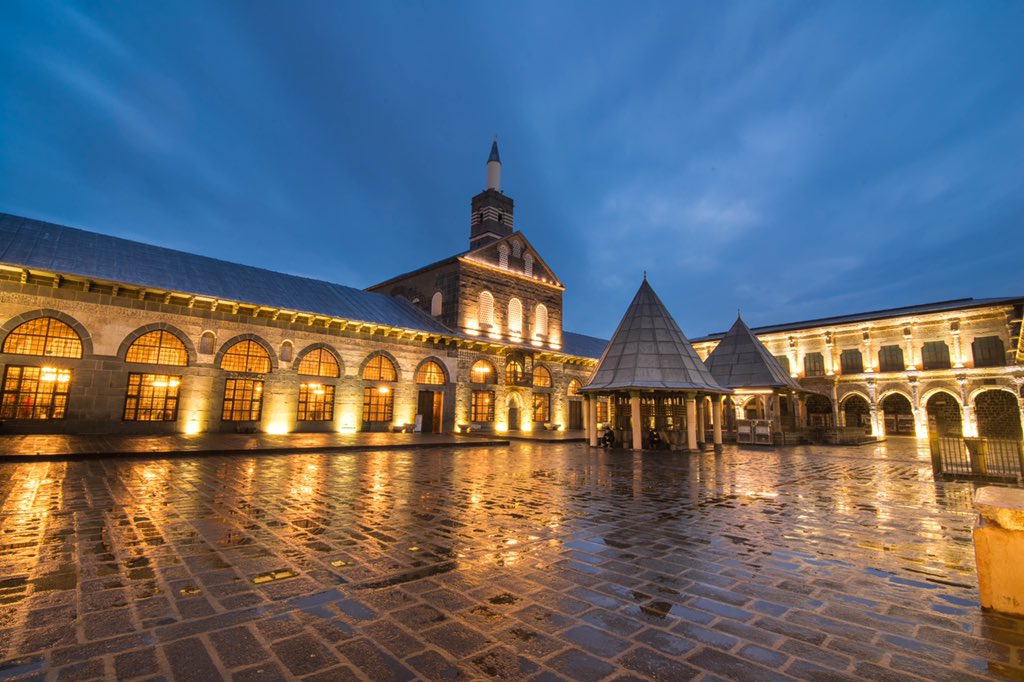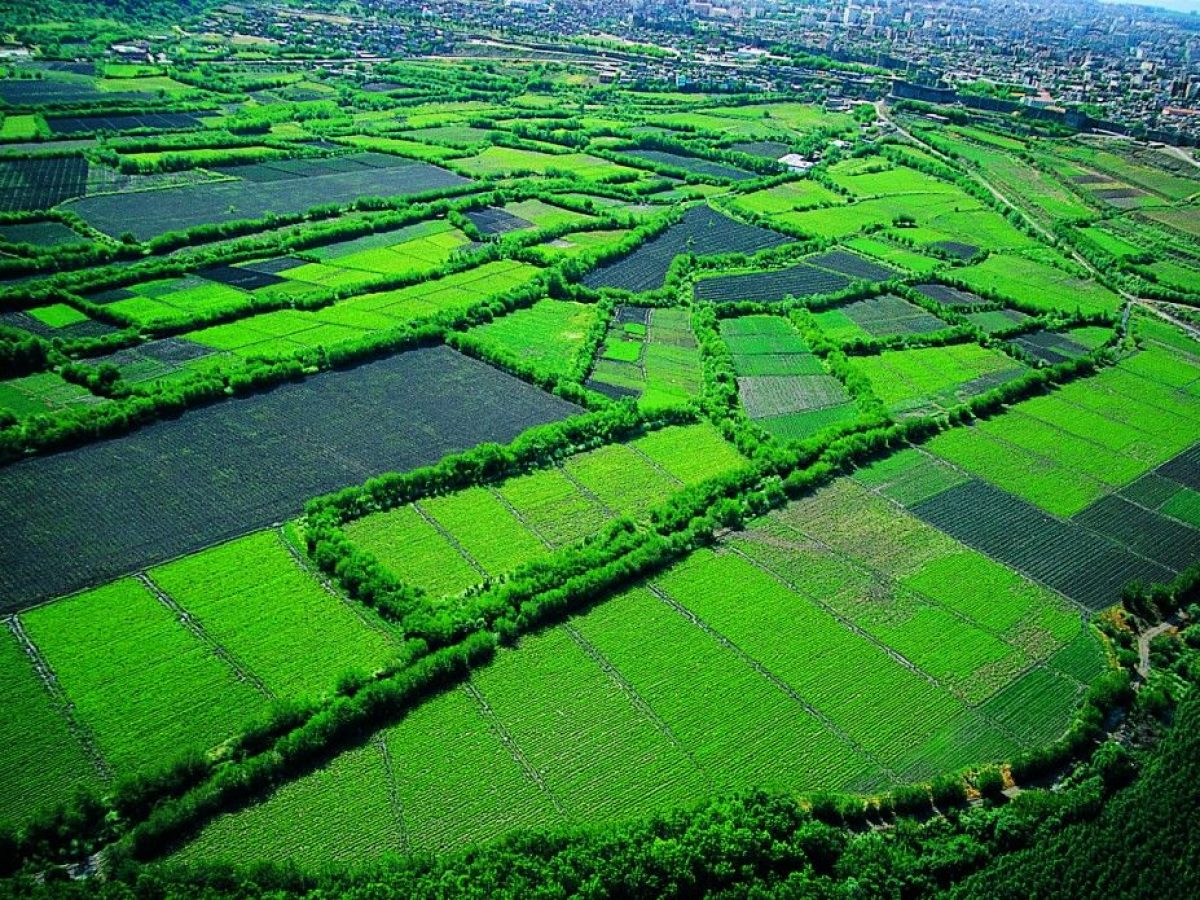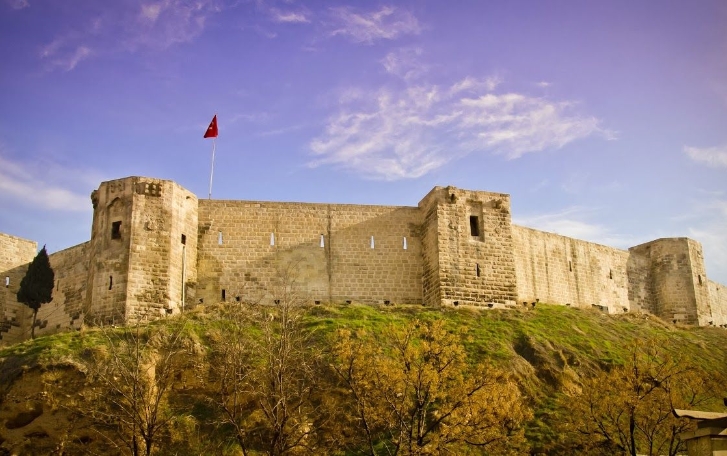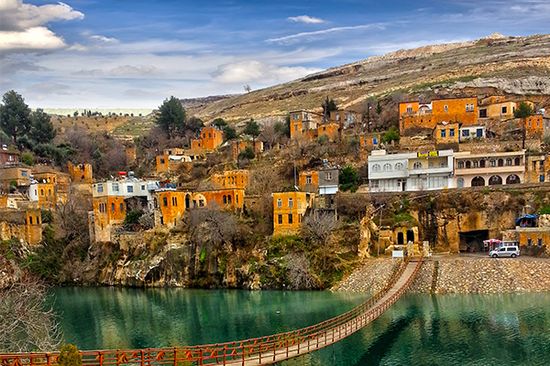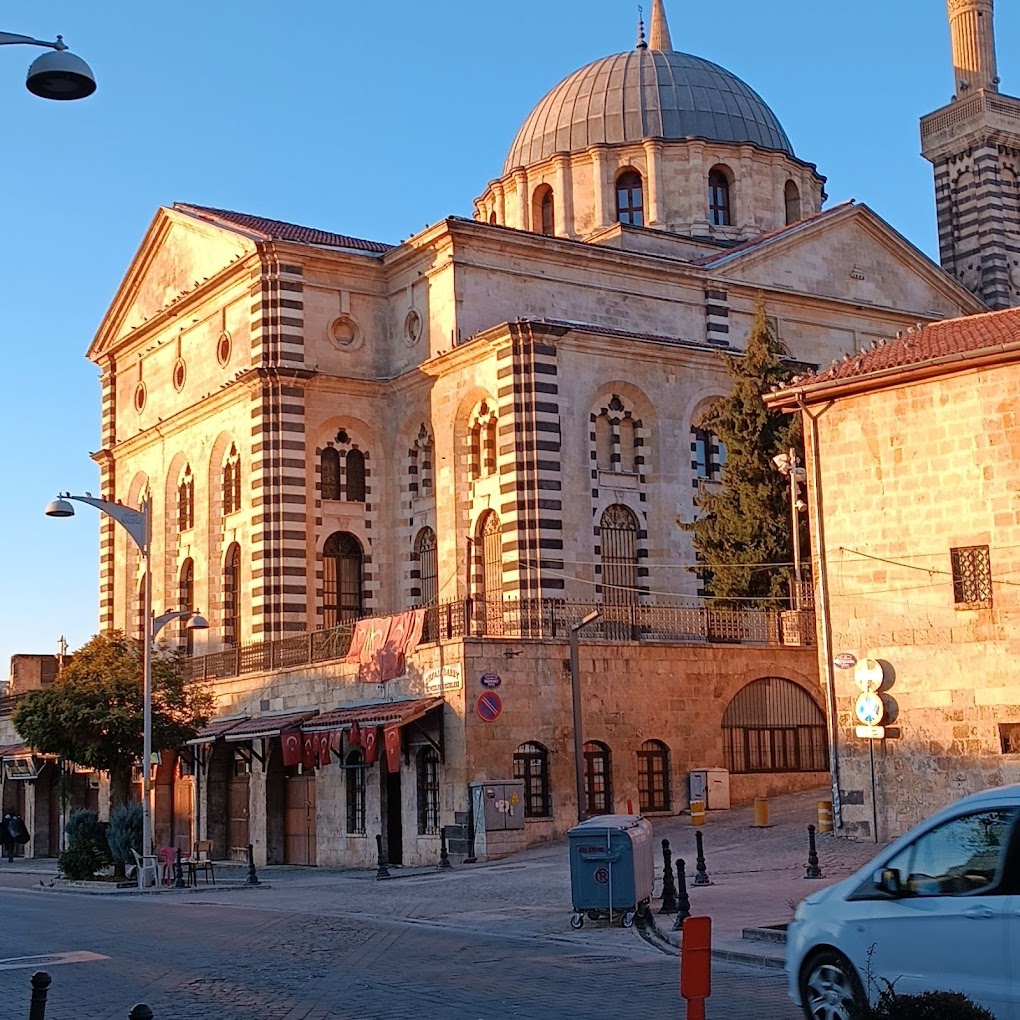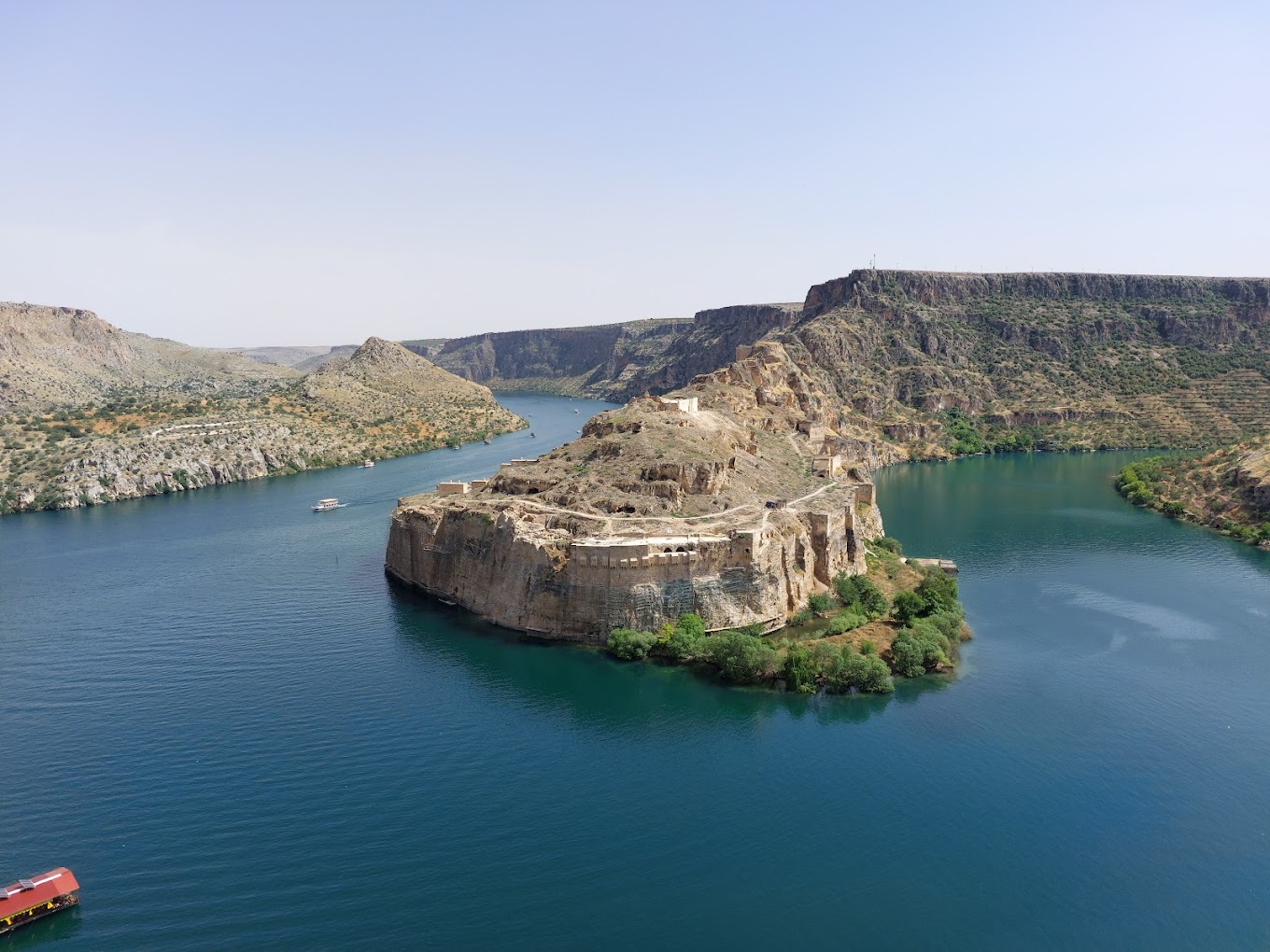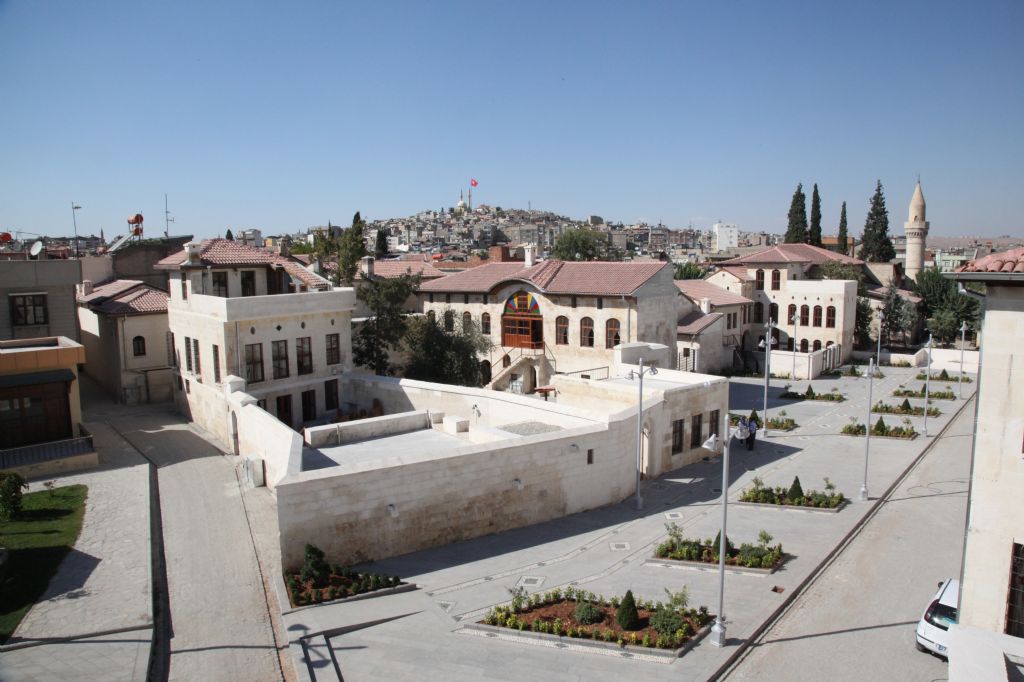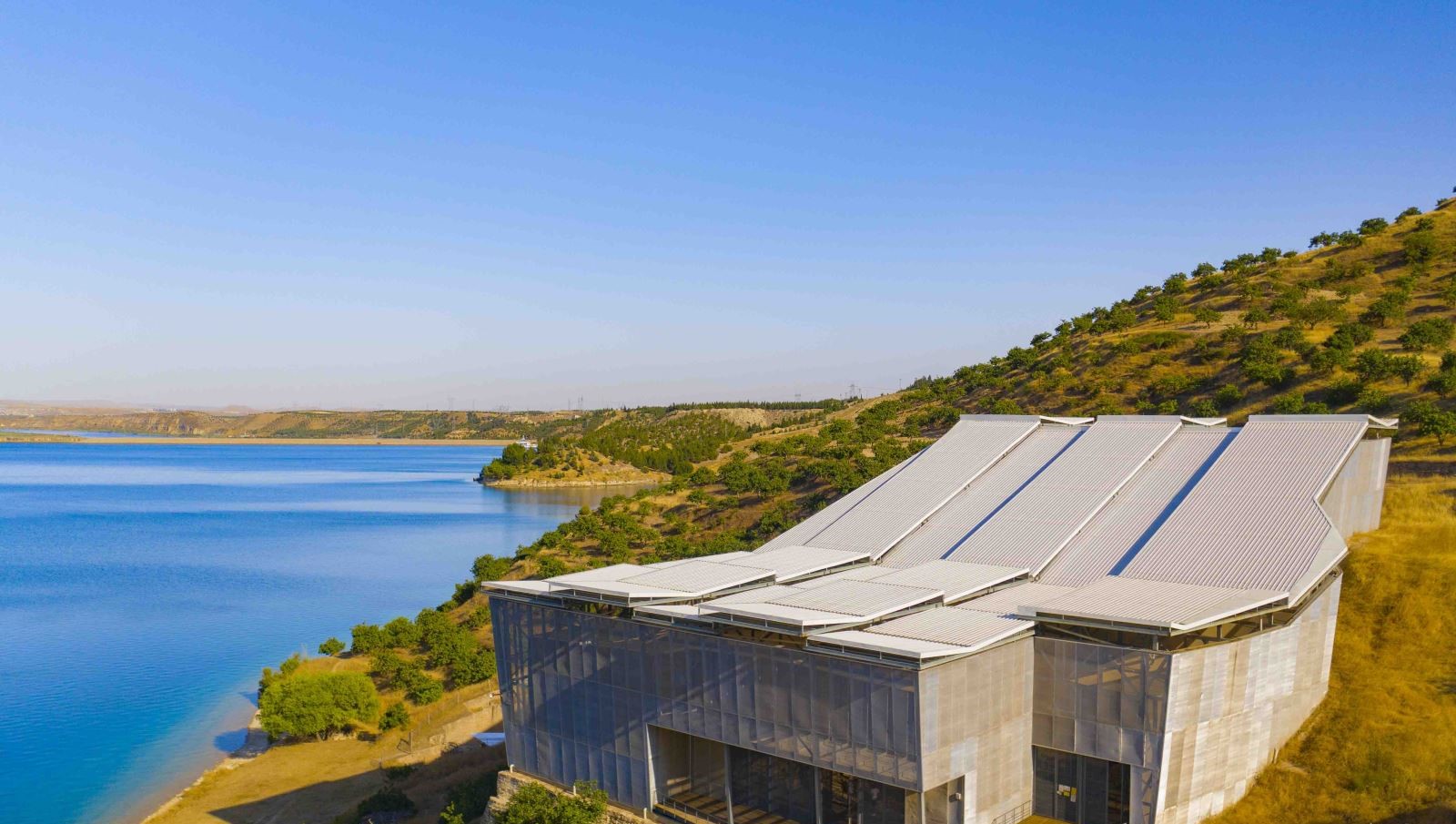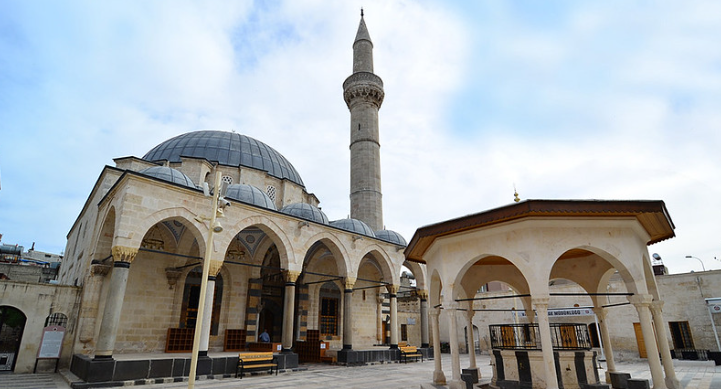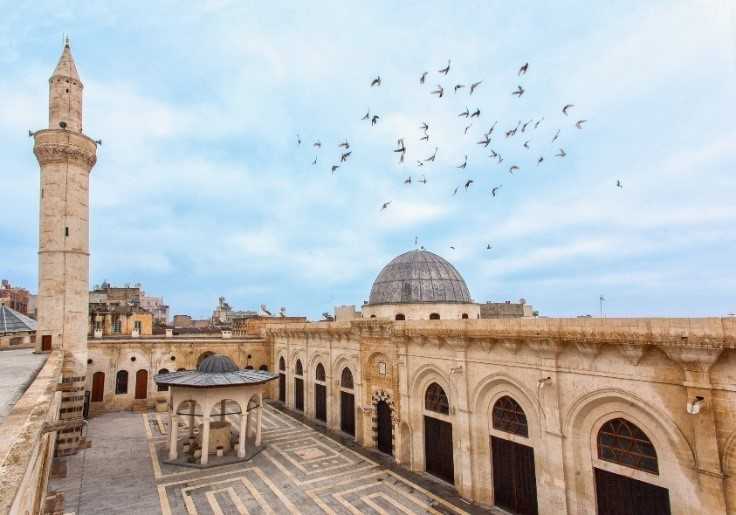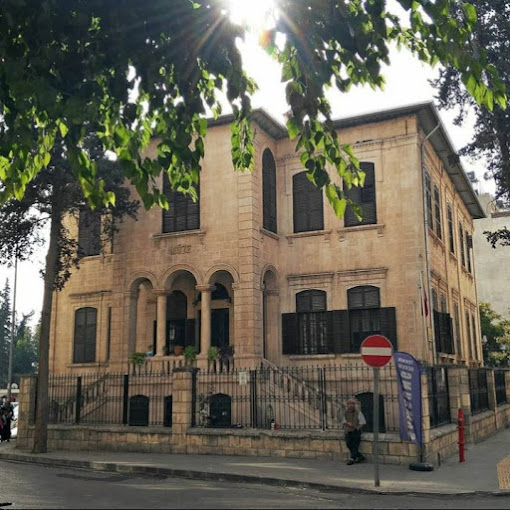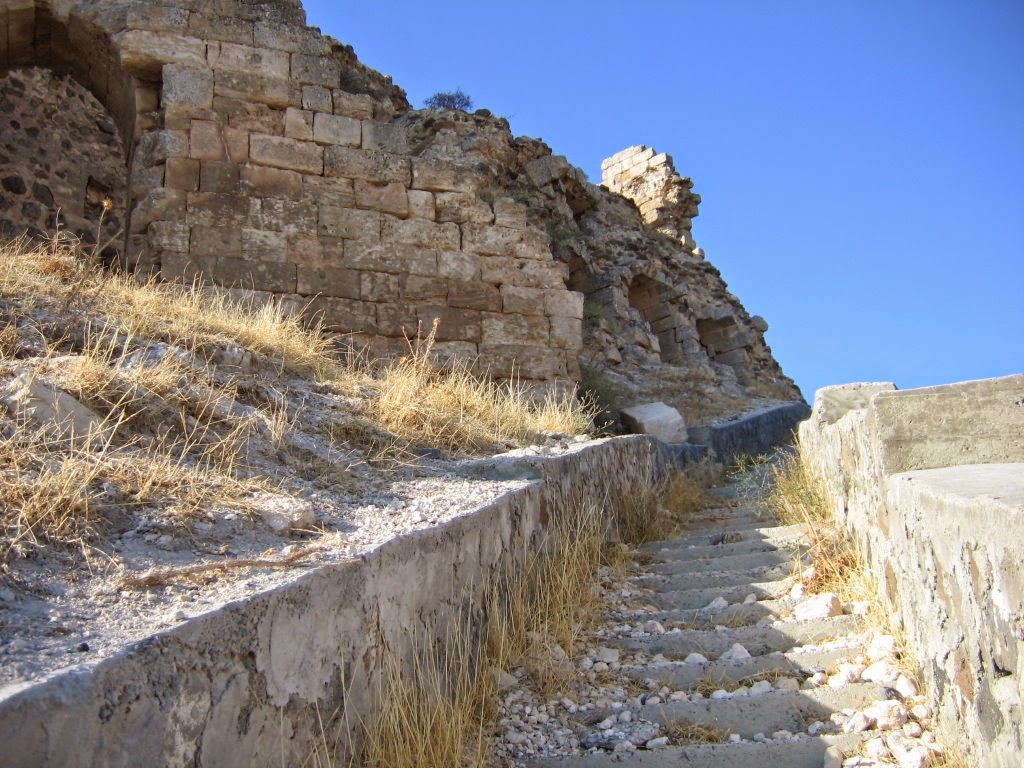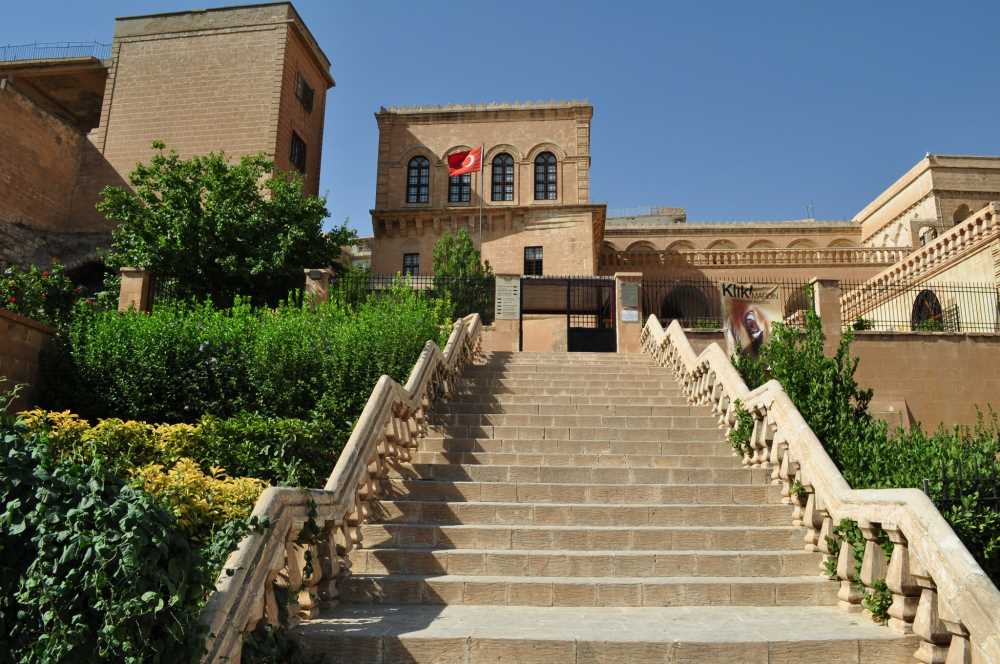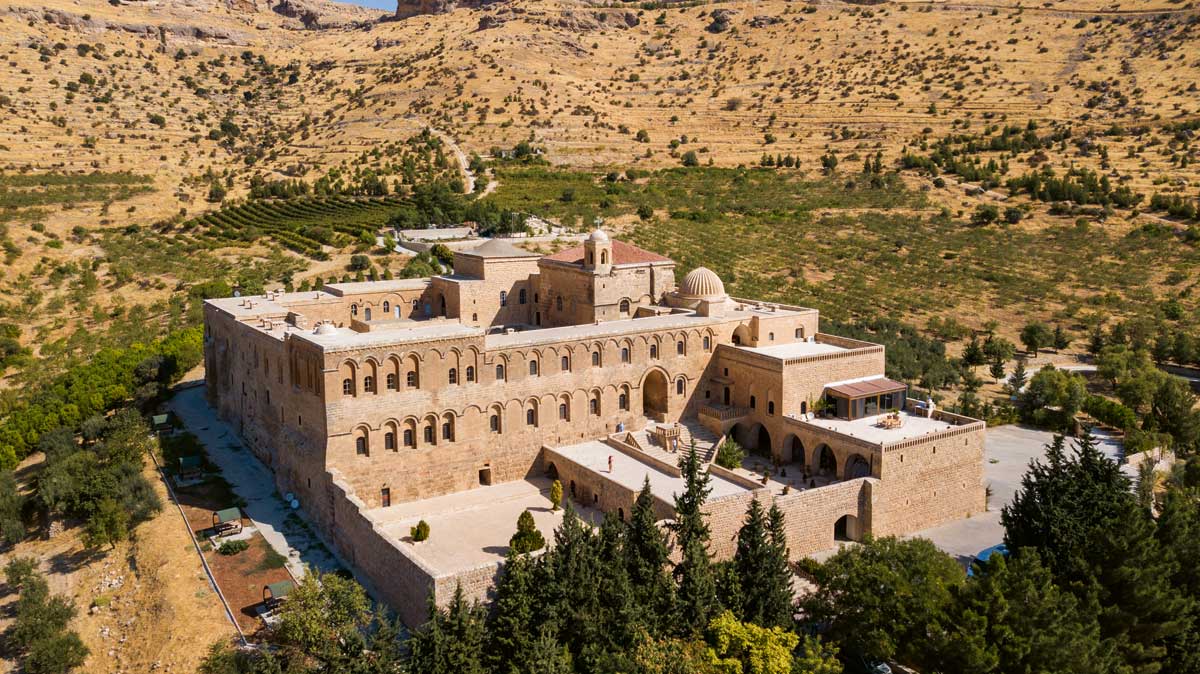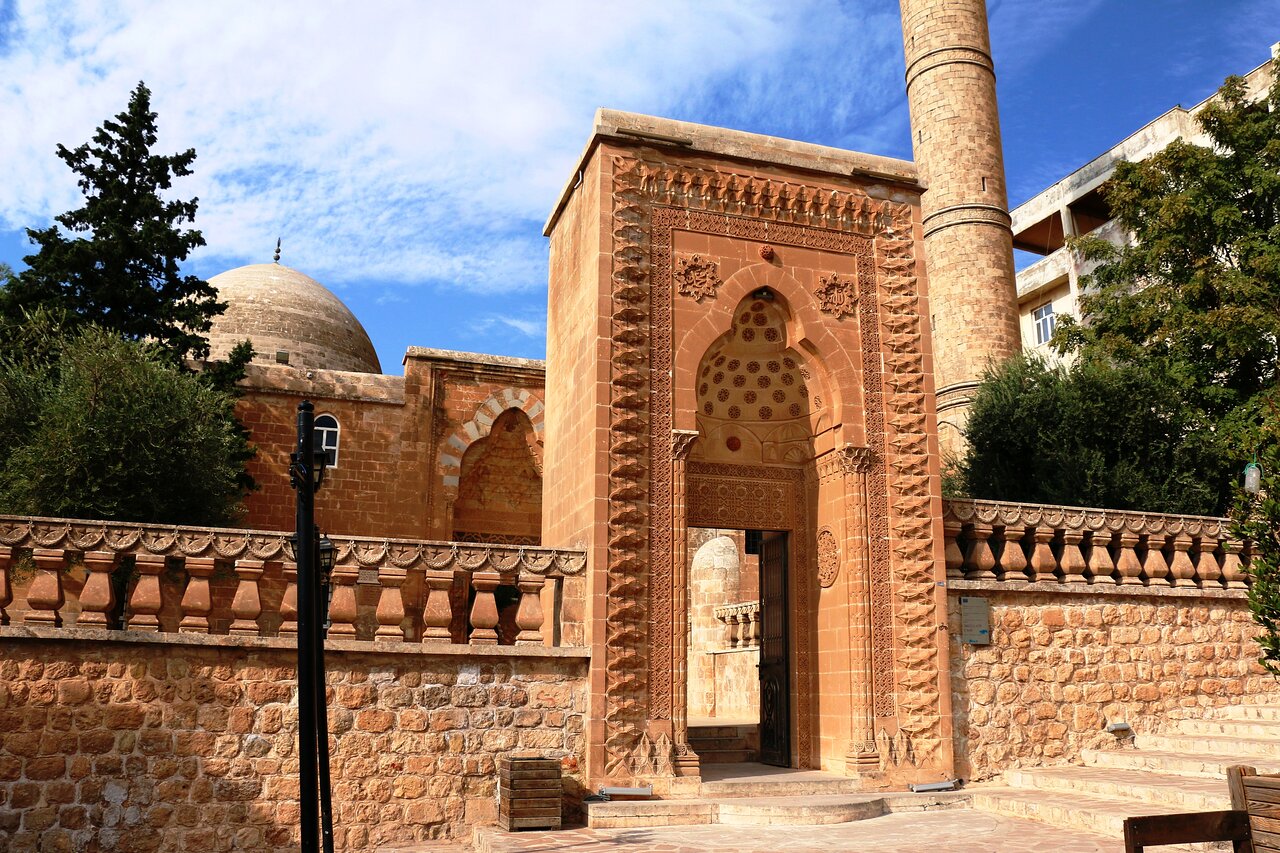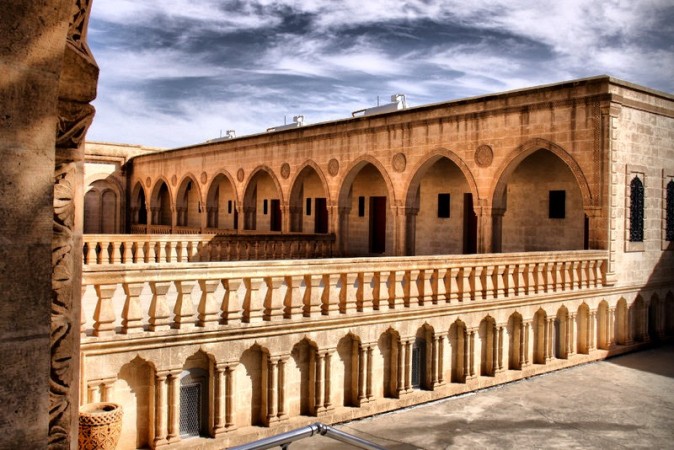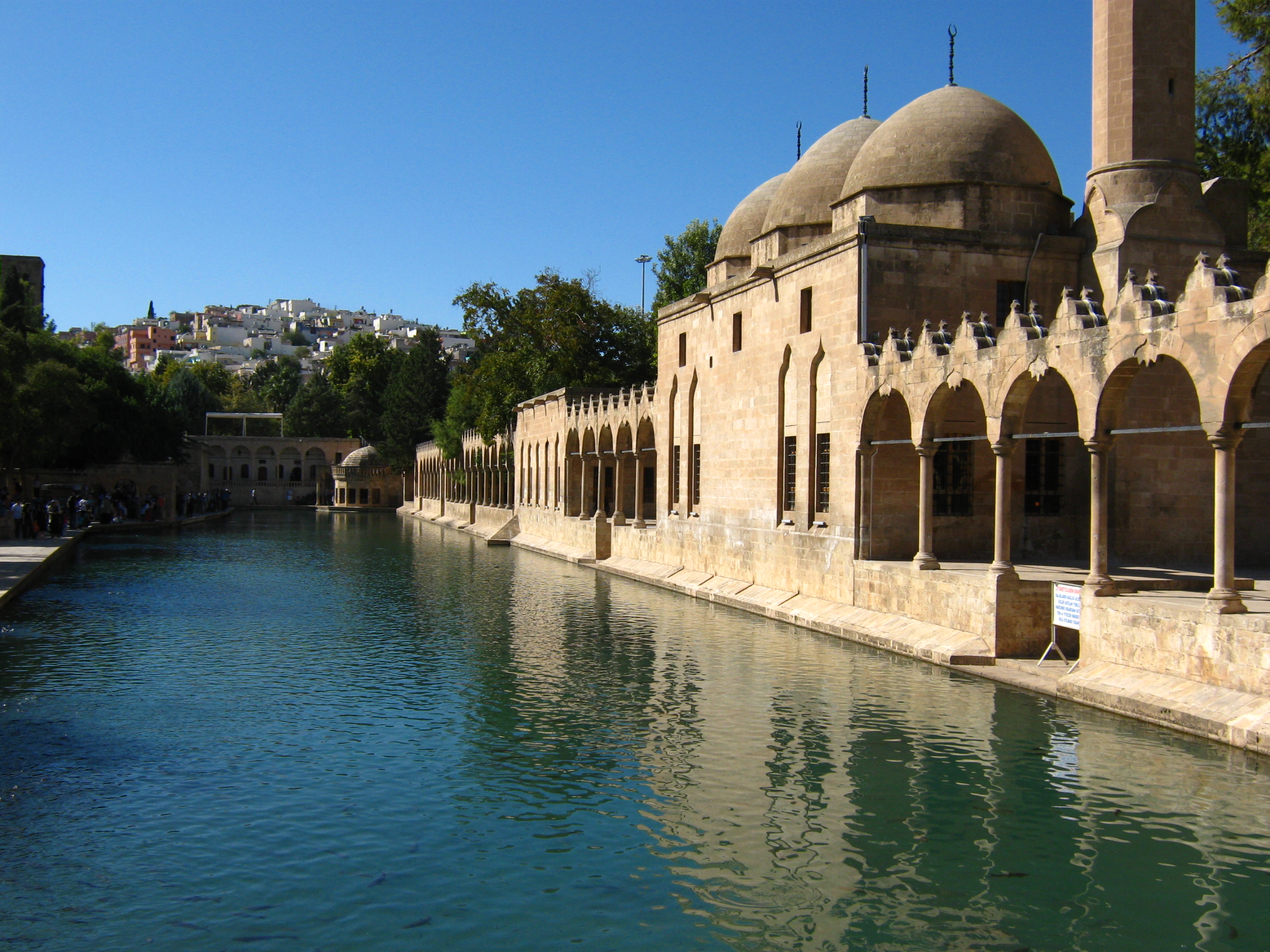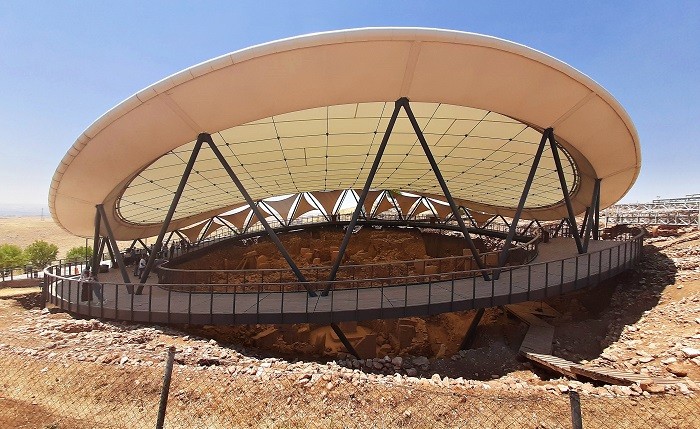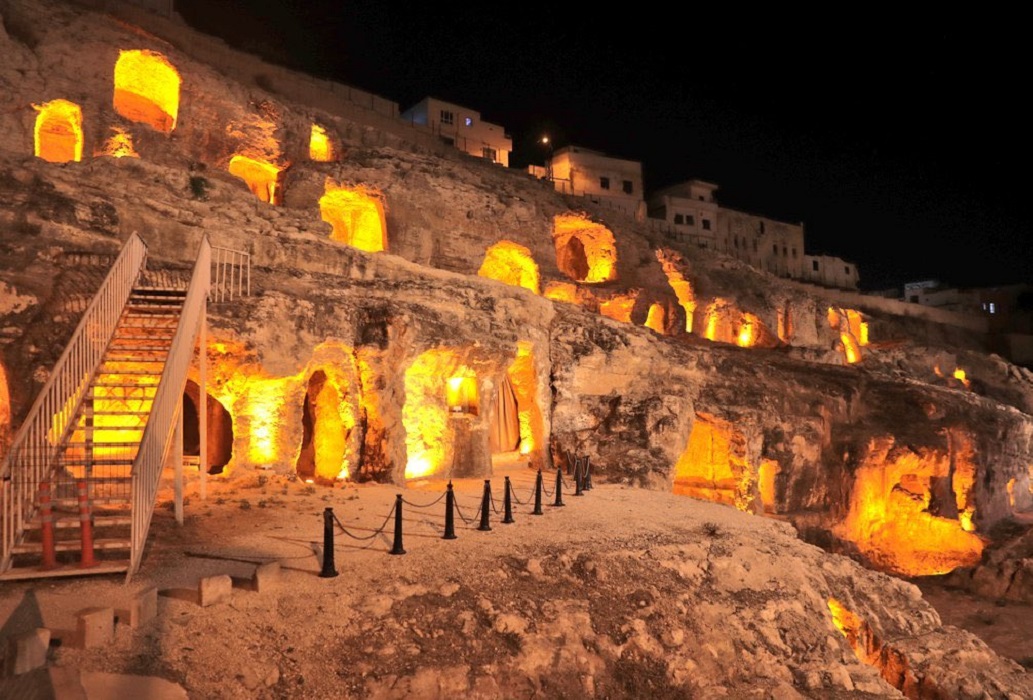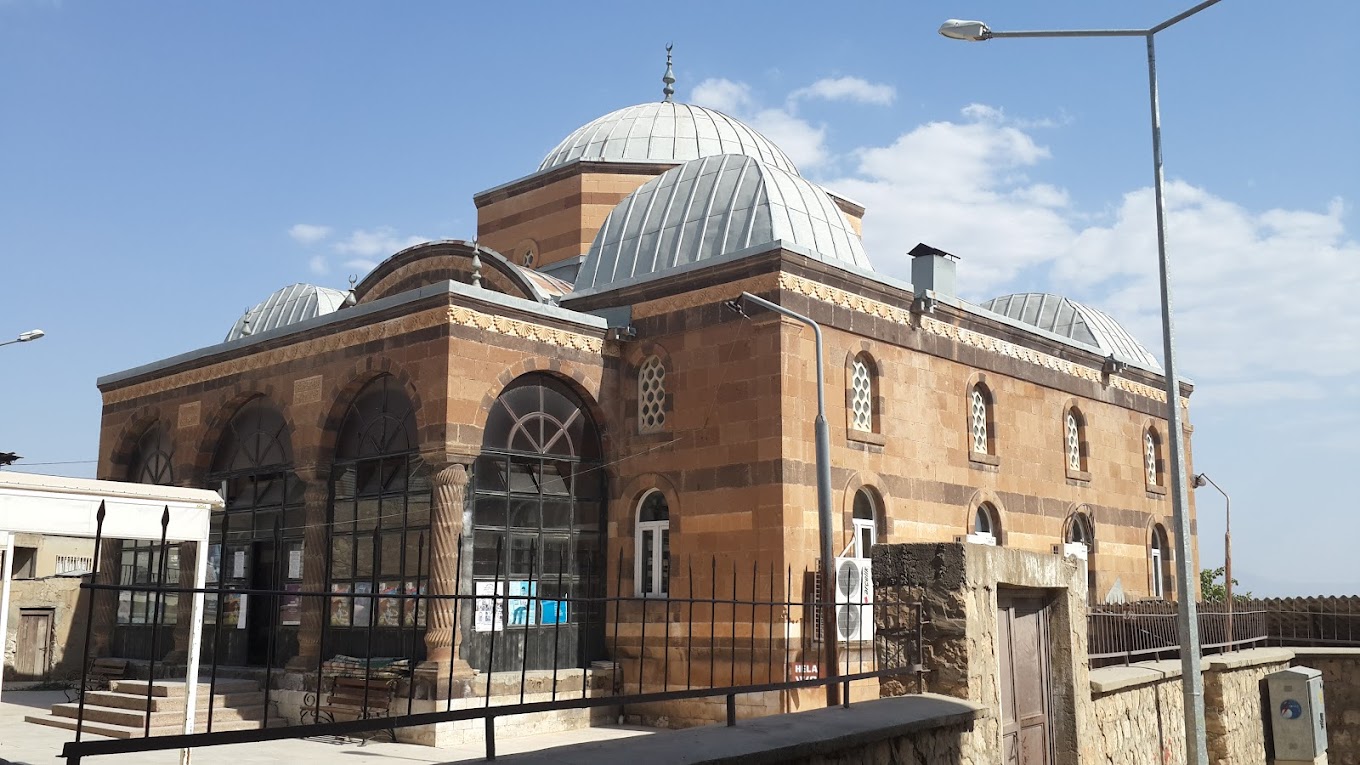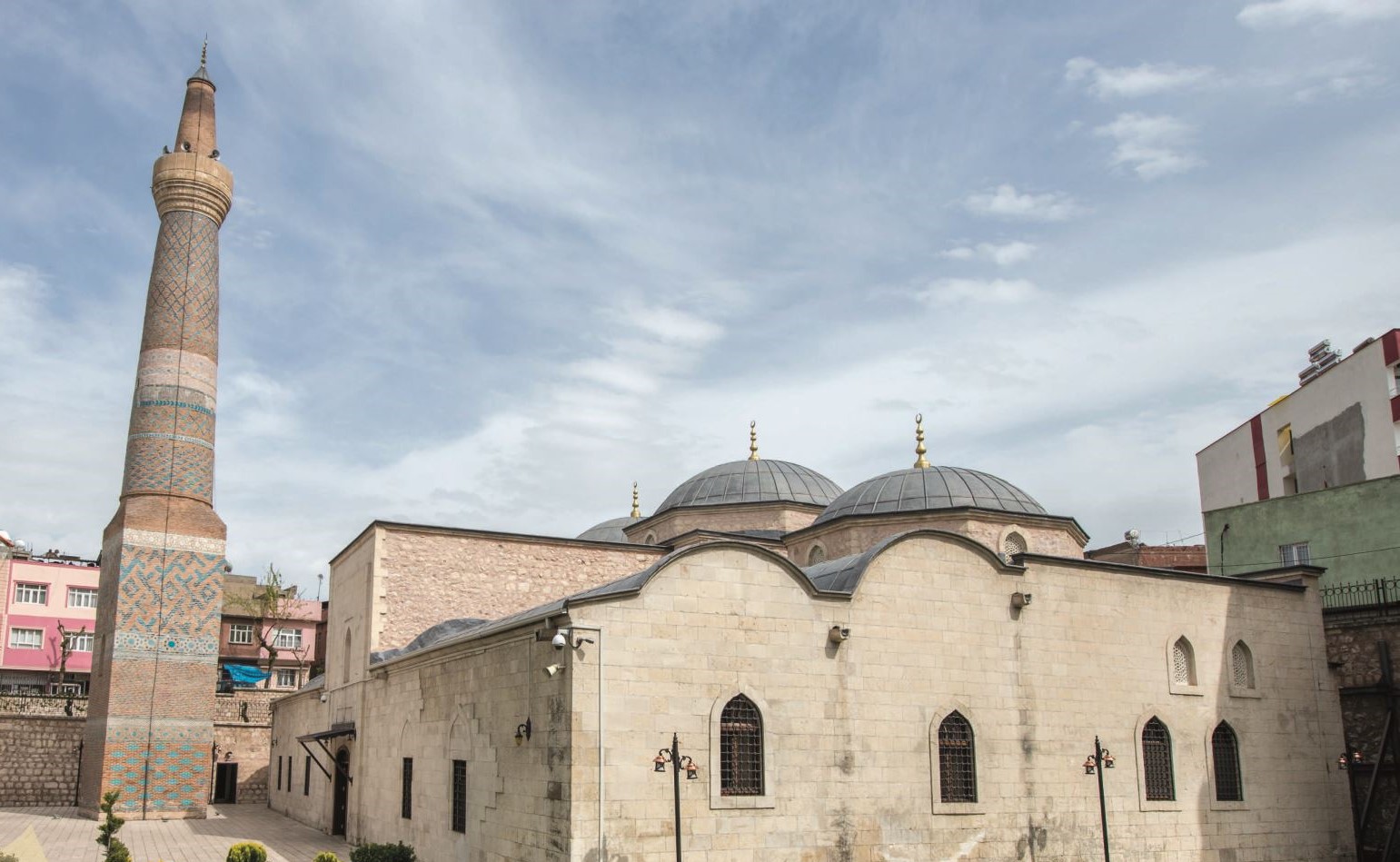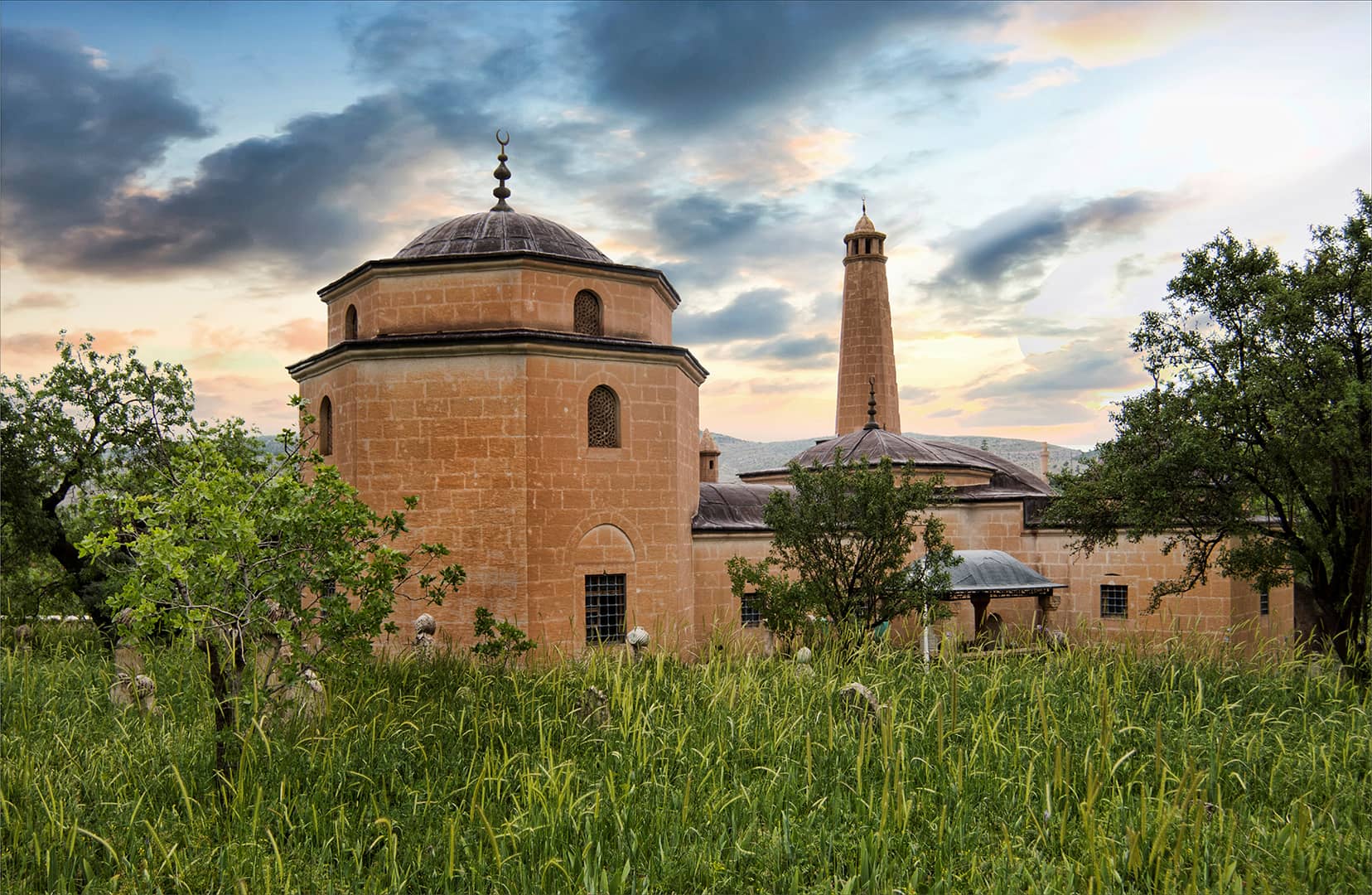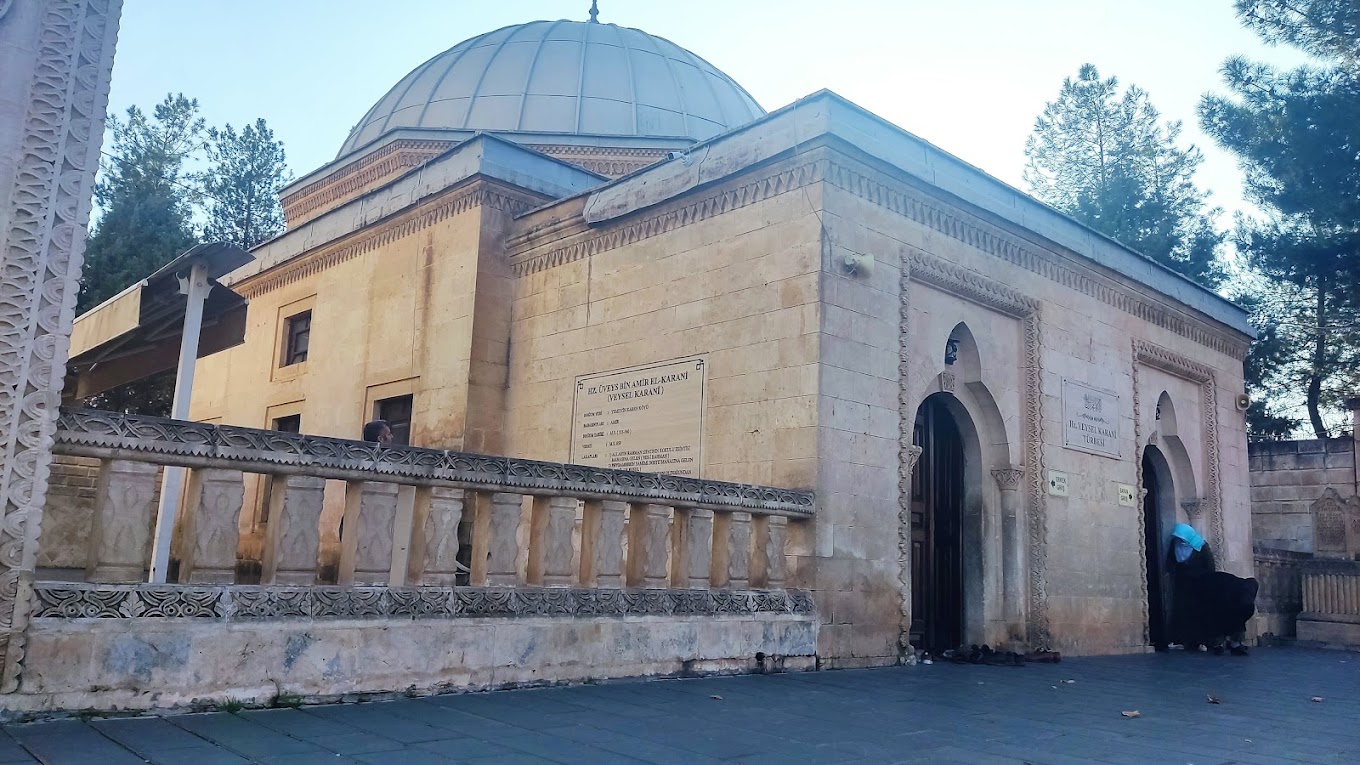Assyrian Royal Tombs
The most important of the castles built for defense purposes within the borders of Eğil is Eğil Castle. Historical sources tell that the castle was built by the Assyrians. The castle was placed on a natural rocky ground and surrounded by deep valleys on three sides, and the other side was carved, giving it an important strategic structure. During the Assyrian period, the work, which was probably built only as an inner castle, was added to the outer castle in later periods. The castle is fortified with fortifications and bastions, and the outer wall starts right next to the valley and continues along the southern slope.
On the surface of the steep rocky area to the north of the castle, the Assyrian king relief on the rectangular panel obtained by smoothing the rock and the cuneiform inscription, which is too faint to be read today, draws attention. The Assyrian King of the relief III. It is accepted that it belongs to Salmanassar (859-824 BC).
Tunnels obtained by carving the bedrock were found in Eğil Castle. The tunnel, which starts just above the king tombs and descends to the Tigris River, consists of 177 steps. The existence of the tunnel is clearly visible from the outside due to the collapses and spills that have occurred.
Descriptive information and descriptive images about the castle are first encountered in the work of Bitlisli Şerefhan named Şerefname. Egil Castle in Serefname; “It is a strong fortress built on a sloping arch and is so high that everyone who looks at it is filled with fear and delusion. As one of God's saints passed by, he pointed to that arch and said, "Bow down!" said; thereupon, the belt bent and took an inclined position by the permission of Allah”.
Amini Castle: It is 4-5 km from the town center of the castle. It is a castle built on a high rock at the point where the two branches of the Tigris River meet.
To the northeast of the castle, on the shore of the Dicle Dam Lake, the king tombs were carved into the bedrock and shaped like a cupola. The interior spaces of the tombs are arranged in the form of a room, and there is a line-shaped king figure in the north interior. From the available information, it is understood that the king tombs belong to the Assyrian kings. Historical sources write that these tombs were plundered by Iranian Sassanid Emperor Shapur II in 502 AD. Despite this looting, the tombs of the kings have survived to the present day by standing against time.
There are rock tombs in Konak Village and Balaban Village, on the southeast side of Eğil Castle, above Amini Castle. The rock tombs, which are thought to have been built during the Byzantine period, were built by carving the natural rock. Its interior consists of a single room in the form of a room.





